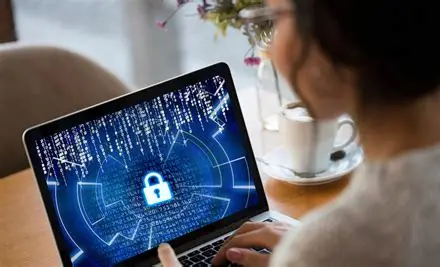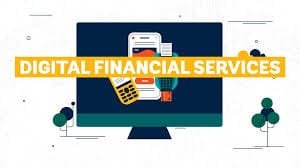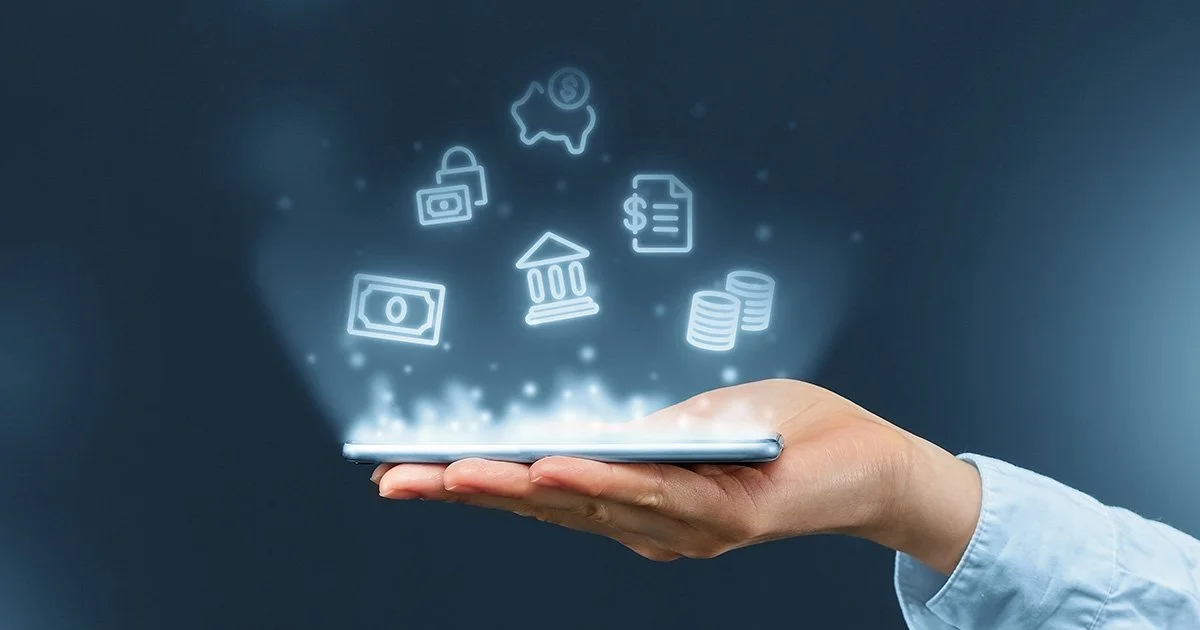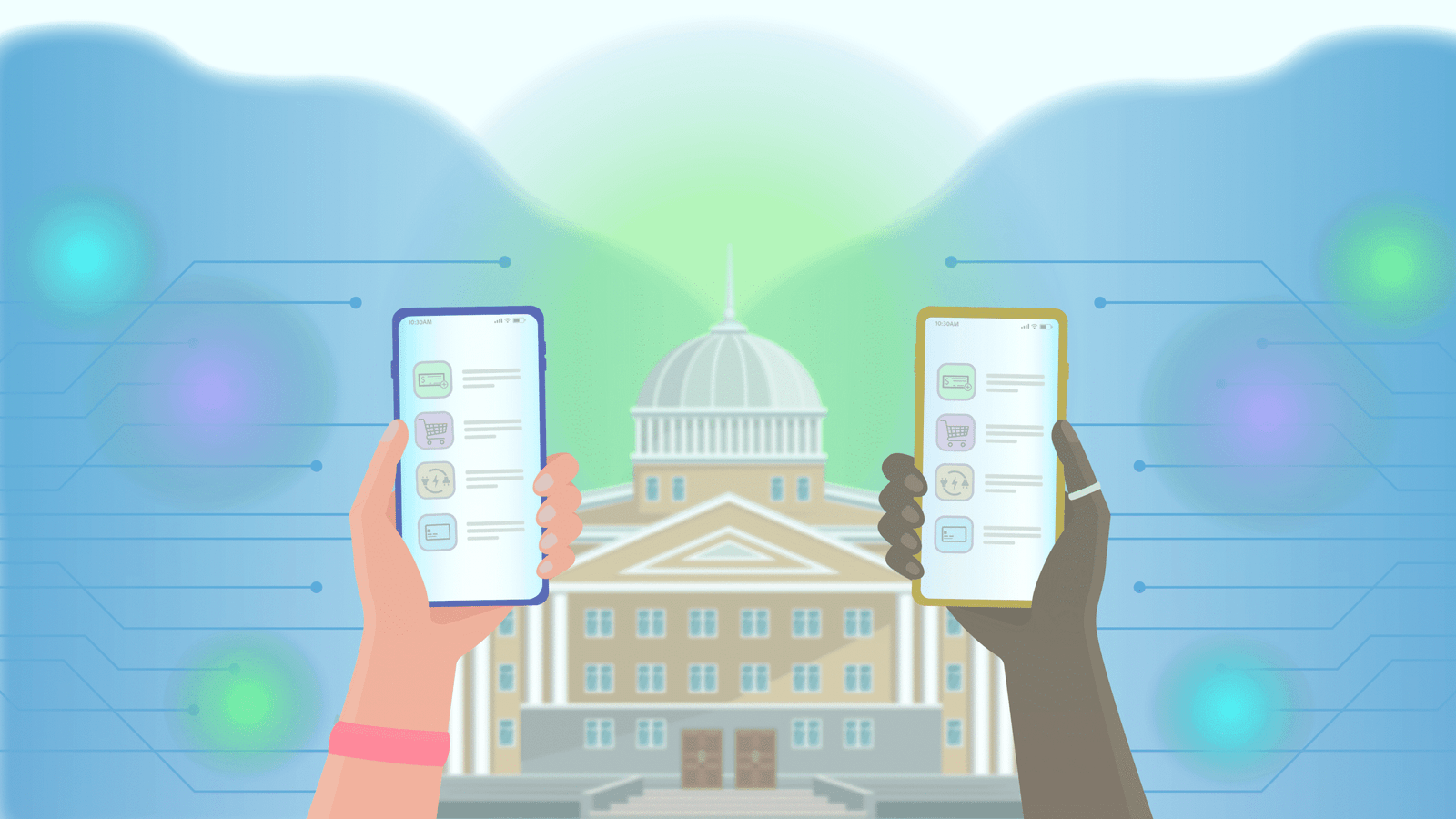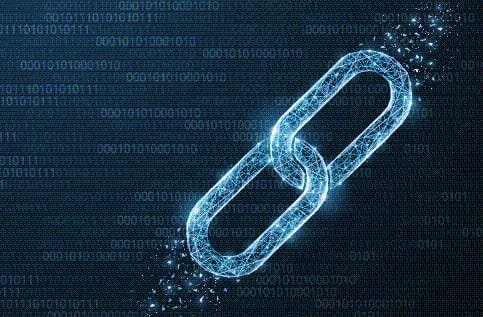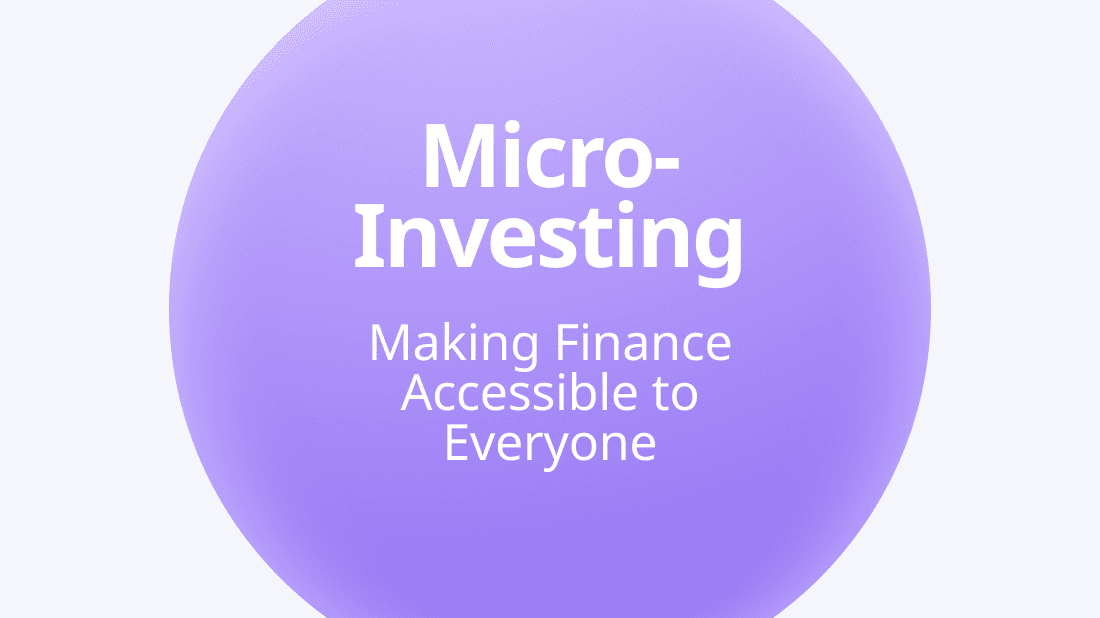In today’s hyperconnected world, managing money online is more convenient than ever. With a few taps or clicks, you can check your account balance, pay bills, transfer funds, and even invest. However, this digital convenience also comes with new challenges and risks. From phishing scams and data breaches to identity theft and malware, the digital age presents a host of threats to your financial security.
But here’s the good news: protecting your finances in the digital age is entirely achievable. With the right knowledge and tools, you can enjoy the benefits of digital banking, shopping, and investing without falling victim to cybercrime. Let’s explore some key strategies to secure your finances, examine common threats, and offer practical tips to stay one step ahead.
Understanding the Digital Threat Landscape
Before diving into prevention strategies, it’s essential to understand the various ways modern consumers are affected by digital threats:
Phishing and Social Engineering: Cybercriminals impersonate legitimate institutions to trick individuals into providing personal information.
Data Breaches: Hackers infiltrate systems to steal customer data, including bank account numbers and passwords.
Identity Theft: Using stolen data, criminals open new accounts, make purchases, or commit fraud in your name.
Malware and Ransomware: Malicious software can infect devices and steal sensitive data or hold your information hostage.
Man-in-the-Middle Attacks: Interception of data during transmission, especially over unsecured networks, can expose financial details.
Knowing these risks is the first step in building a defense strategy.
1. Strengthen Your Password Game
Passwords are your first line of defense. Weak, reused, or easily guessed passwords are a common vulnerability.
Tips to Secure Your Passwords:
Use long, complex passwords that include letters, numbers, and special characters.
Never reuse passwords across accounts.
Consider using a reputable password manager to store and generate secure passwords.
Enable multi-factor authentication (MFA) wherever possible. This adds an extra layer of security beyond a password.
2. Monitor Your Financial Accounts Regularly
Regularly reviewing your bank, credit card, and investment accounts can help you spot unauthorized activity quickly.
Steps to Take:
Set up alerts for every transaction.
Review account statements at least monthly.
Check your credit report annually through official channels like; AnnualCreditReport.com.
Dispute any suspicious activity immediately.
Proactive monitoring enables rapid response and limits potential damage.
3. Be Smart About Public Wi-Fi
Public Wi-Fi networks are convenient but often unsecured, making them vulnerable to cyberattacks.
Safe Practices:
Avoid accessing financial accounts on public Wi-Fi.
Use a Virtual Private Network (VPN) when connecting to public networks.
Turn off file sharing and auto-connect features on your device.
Preferably, use mobile data or a personal hotspot when making sensitive transactions.
4. Secure Your Devices
Smartphones, tablets, and computers must be safeguarded to ensure your financial apps and data remain private.
Essential Security Measures:
Keep your operating system, apps, and antivirus software updated.
Use firewalls and anti-malware tools.
Lock your devices with strong passcodes or biometric authentication.
Enable remote wipe in case your device is lost or stolen.
Your device is the gateway to your financial life, protect it like a vault.
5. Stay Alert to Phishing and Scams
Phishing remains one of the most effective and widespread threats. Being able to recognize scams is critical.
How to Spot and Avoid Scams:
Be skeptical of unsolicited emails, texts, or calls requesting personal information.
Hover for a while on links to verify legitimacy before clicking.
Check for spelling errors or strange email addresses.
When in doubt, contact the institution directly through official channels.
Educate yourself and your loved ones about common scams to strengthen your collective defense.
6. Use Secure Payment Methods
When shopping or conducting financial transactions online, the method of payment that you use matters a lot.
Best Practices:
Use credit cards or secure payment platforms like PayPal, which offer fraud protection.
Avoid debit cards for online purchases, as they pull directly from your account.
Look for HTTPS and secure symbols before entering payment information.
These steps add a buffer between your bank account and potential fraud.
7. Embrace Digital Tools and Alerts
Modern banking apps and platforms offer robust tools for security and monitoring.
What to Use:
Enable push notifications for account activity.
Set daily or weekly spending limits.
Use biometric login options where available.
Take advantage of spending insights to detect anomalies.
Technology can be your strongest ally when used wisely.
8. Freeze Your Credit When Necessary
If you suspect fraud or want to protect your identity, freezing your credit proactively is a powerful step.
How it Works:
A credit freeze restricts access to your credit report, making it difficult for identity thieves to open new accounts.
It does not affect your credit score or existing accounts.
You can lift or remove the freeze as needed using a PIN or password.
Contact the three major credit bureaus (Experian, Equifax, TransUnion) to initiate a freeze.
9. Educate Yourself About Financial Fraud
Knowledge is your best defense, and staying informed helps you adapt to evolving threats.
Where to Learn:
Follow trusted sources like the Federal Trade Commission (FTC) or the Consumer Financial Protection Bureau (CFPB).
Take online courses or attend workshops on digital security.
Read articles, books, and blogs from cybersecurity experts.
Awareness turns you from a potential victim into a savvy digital financial steward.
10. Cultivate Safe Financial Habits
Security is not just about tools, it’s also about mindset and habits.
Daily Practices to Adopt:
Log out of accounts after use.
Avoid sharing sensitive information over unsecured channels.
Shred financial documents before discarding them.
Discuss digital safety with family, especially children and older adults.
Consistency in safe habits provides lasting protection.
Looking Ahead: The Future of Financial Security
The digital landscape is continuously evolving. Emerging technologies like blockchain, biometric authentication, and AI are changing how we protect our money. As cybercriminals grow more sophisticated, so must our defenses.
Optimistic Outlook:
Banks and fintech companies are investing heavily in security infrastructure.
New regulations aim to protect consumer data and improve transparency.
Public awareness of cybersecurity is at an all-time high.
The future holds promise for safer digital finance, especially as individuals are consciously taking proactive steps.
Living in the digital age offers remarkable financial convenience and flexibility. While risks exist, they are manageable with the right strategies and tools. By strengthening your passwords, securing your devices, staying vigilant, and embracing smart financial habits, you can confidently navigate the digital world.
Protecting your finances is not a one-time task but an ongoing commitment. With awareness, action, and optimism, your digital financial future can be secure and bright.

